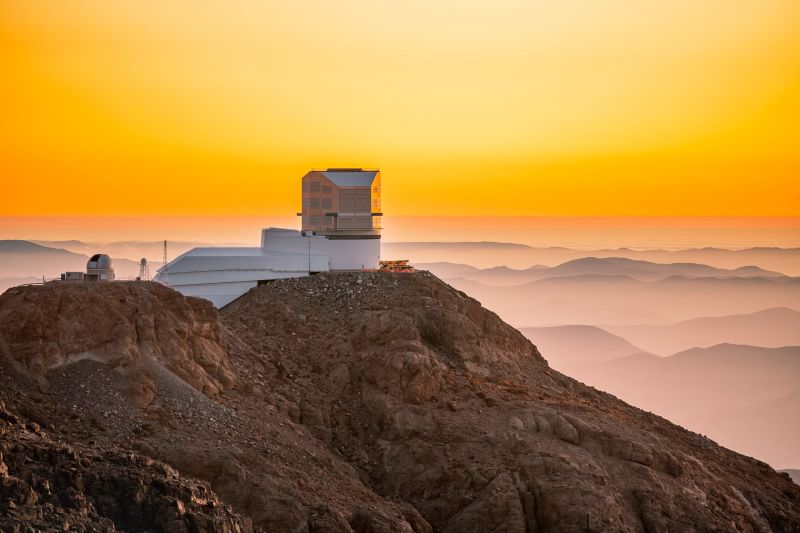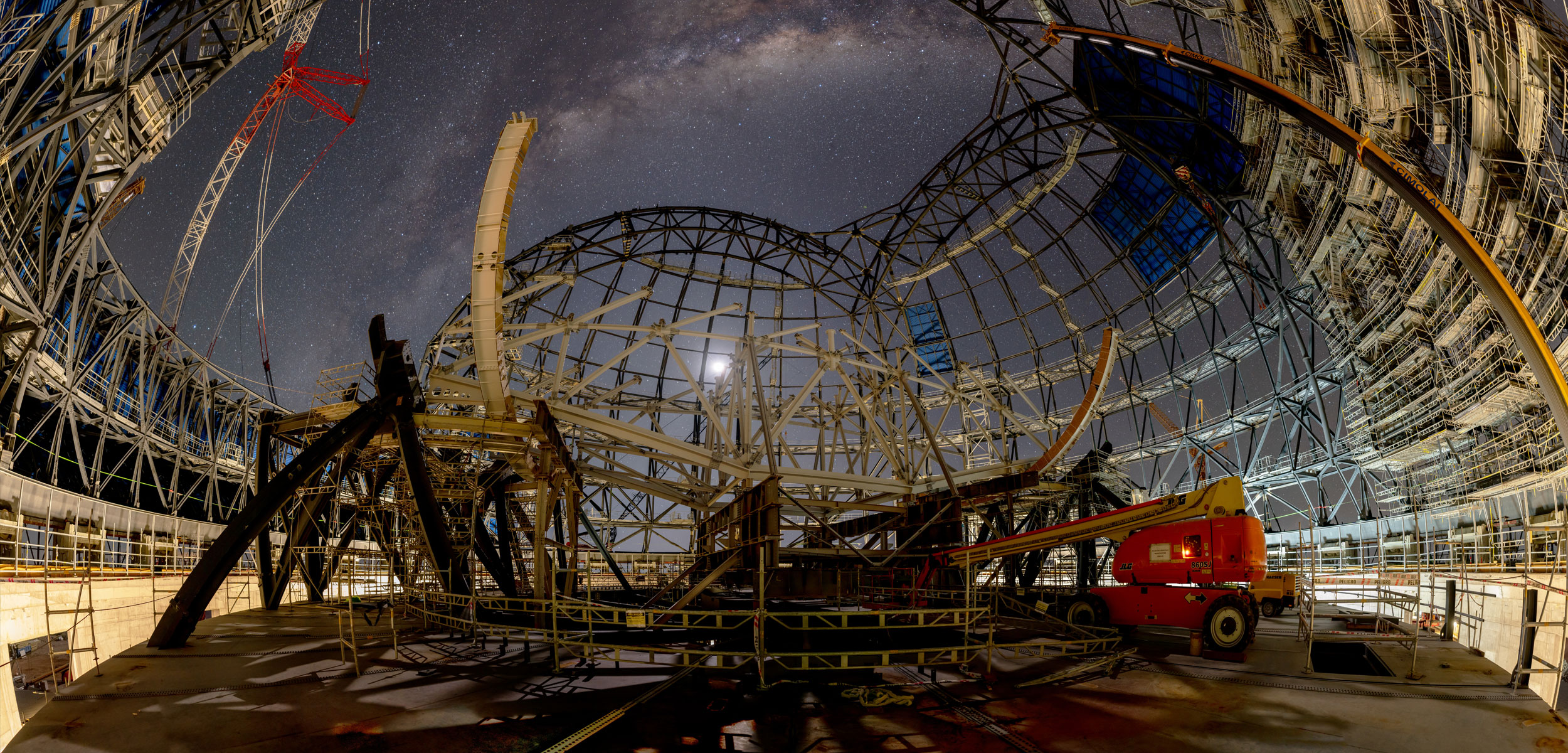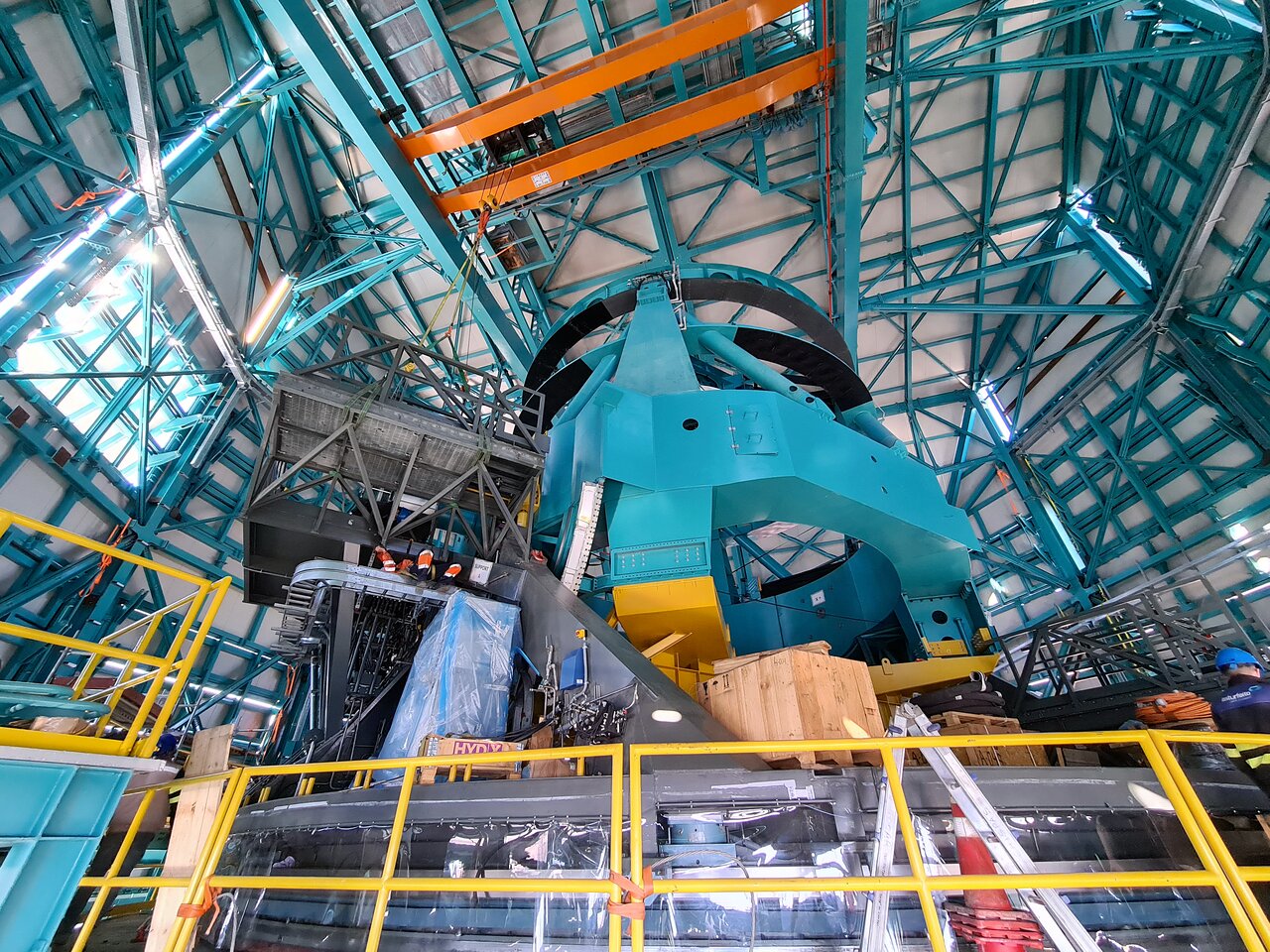The Vera C. Rubin Observatory is ready to transform our understanding of the cosmos [View all]
The telescope will catalogue billions of new objects and produce a new map of the entire night sky every three days with the largest digital camera ever made.
by Adam Mannarchive page
January 1, 2025
High atop Chile’s 2,700-meter Cerro Pachón, the air is clear and dry, leaving few clouds to block the beautiful view of the stars. It’s here that the Vera C. Rubin Observatory will soon use a car-size 3,200-megapixel digital camera—the largest ever built—to produce a new map of the entire night sky every three days.
Generating 20 terabytes of data per night, Rubin will capture fine details about the solar system, the Milky Way, and the large-scale structure of the cosmos, helping researchers to understand their history and current evolution. It will capture rapidly changing events, including stellar explosions called supernovas, the evisceration of stars by black holes, and the whiz of asteroids overhead. Findings from the observatory will help tease apart fundamental mysteries like the nature of dark matter and dark energy, two phenomena that have not been directly observed but affect how objects in the universe are bound together—and pushed apart.
Rubin is the latest and most advanced entrant into the illustrious lineage of all-sky surveyors—instruments that capture, or survey, the entire sky, over and over again. Its first scientific images are expected later this year. In a single exposure, Rubin will capture 100,000 galaxies, the majority invisible to other instruments. A quarter-century in the making, the observatory is poised to expand our understanding of just about every corner of the universe.
The facility will also look far outside the Milky Way, cataloguing around 20 billion previously unknown galaxies and mapping their placement in long filamentary structures known as the cosmic web.
“I can’t think of an astronomer who is not excited about [Rubin],” says Christian Aganze, a galactic archeologist at Stanford University in California.
More:
https://www.technologyreview.com/2025/01/01/1108643/vera-c-rubin-observatory-telescope-cosmos-universe-space-digital-camera/










https://mediaproxy.salon.com/width/1200/


Vera Rubin












